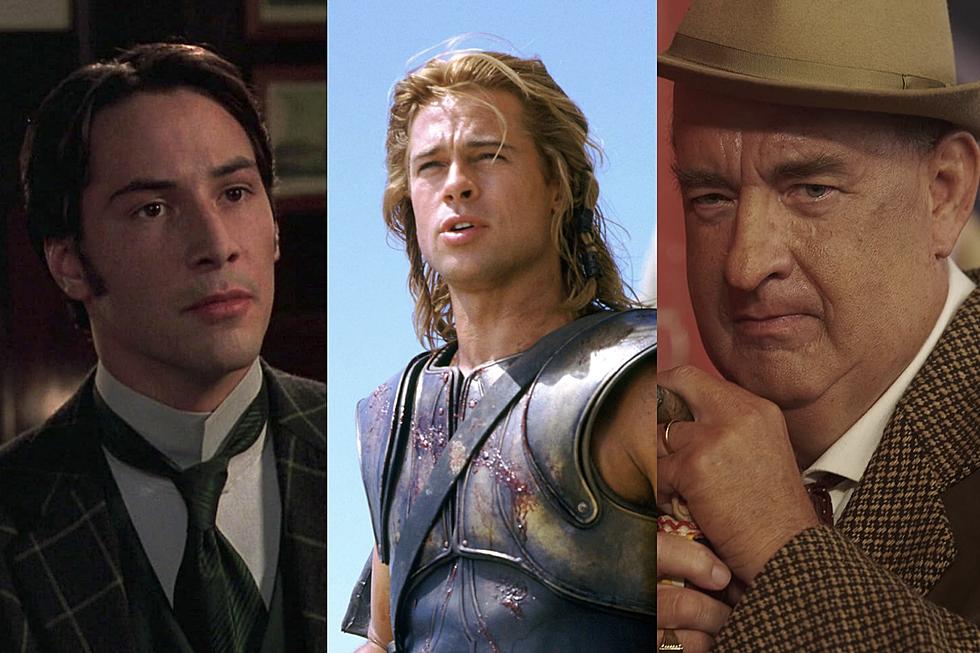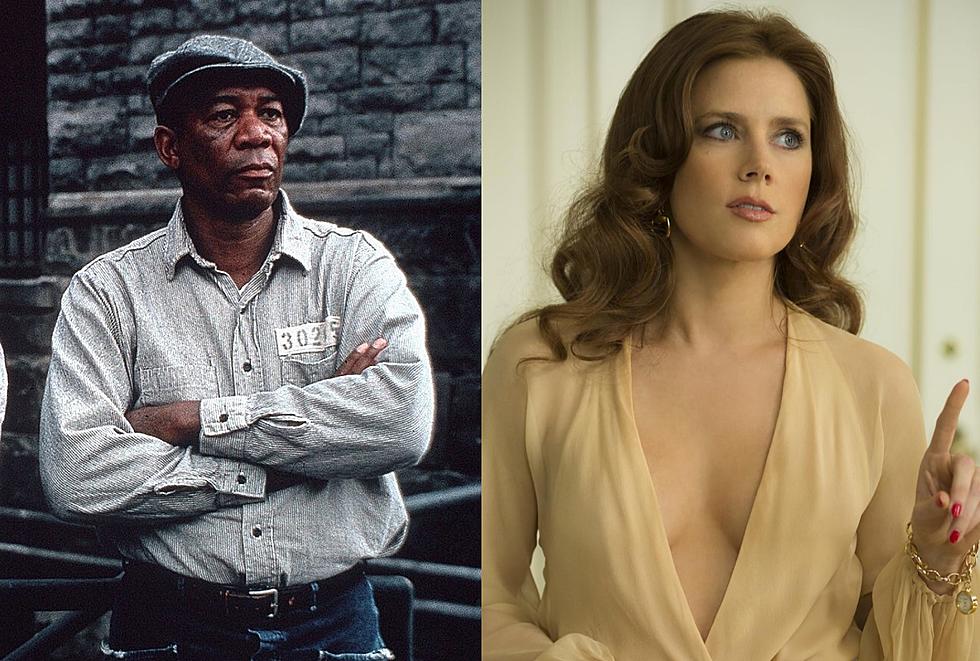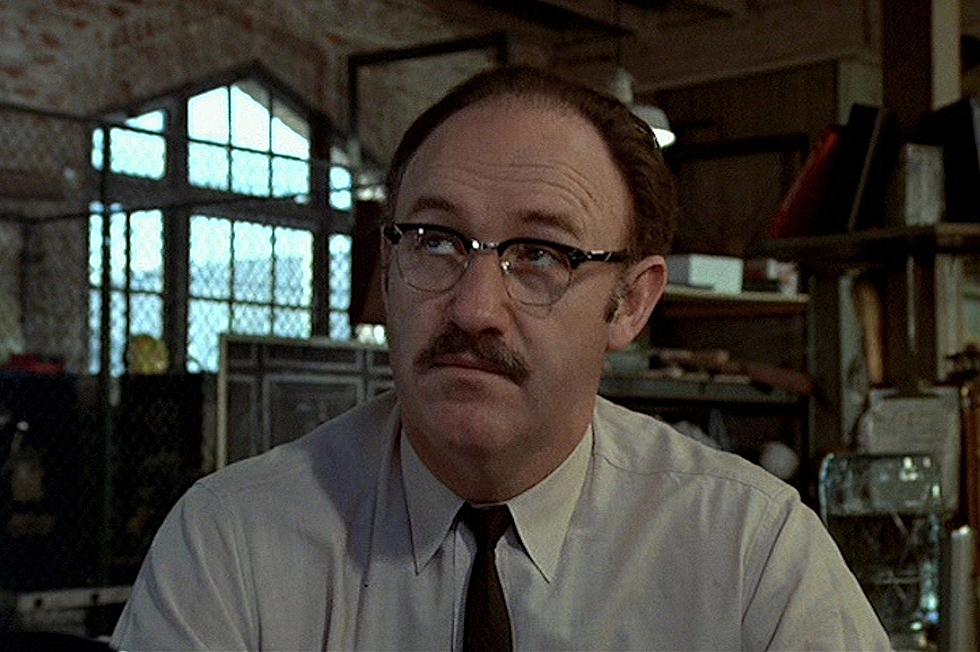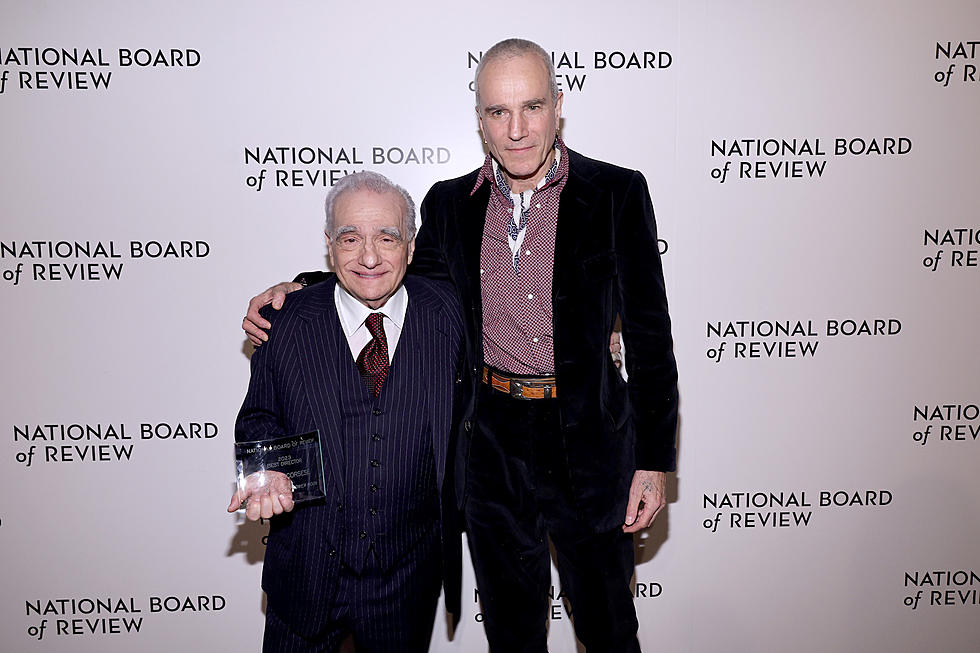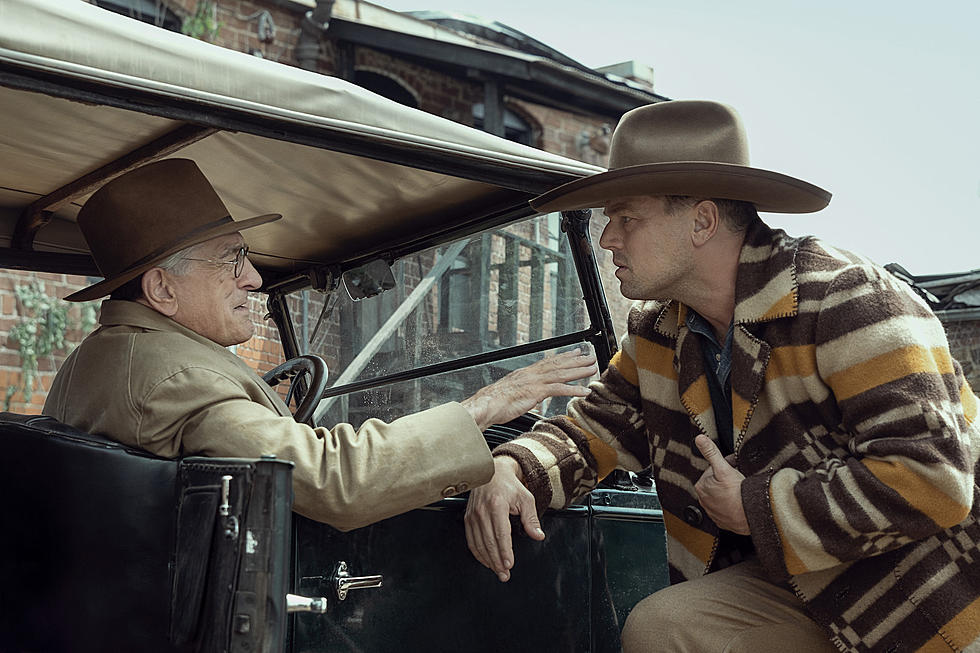
‘Killers of the Flower Moon’ Review: Another Scorsese Instant Classic
There are unsolved crimes in Martin Scorsese’s Killers of the Flower Moon, but no mysteries. The title characters’ identities are obvious even before the murders begin. When scores of Osage men and women begin turning up dead in 1920s Oklahoma, the case does not drag on for years because the perpetrators are criminal masterminds. Quite the opposite; Scorsese depicts these murderers as incompetent bumblers.
But they are powerful bumblers; some the leaders of a scruffy community in the heart of ranch country. It is not a spoiler to say that when government agents finally arrive in town to investigate the rash of Osage deaths they quickly identify the likely culprits. How could they not? The crooks never hid their tracks because they assumed, thanks to their wealth and their stranglehold on power, that they would be insulated from the consequences of their heinous actions. And, as Killers of the Flower Moon shows, for a shockingly long period of time, they were.
There’s that word; long. Already there’s been some discussion (and a fair amount of kvetching) about Killers of the Flower Moon’s length. Based on the acclaimed nonfiction book by David Grann, Scorsese’s adaptation clocks in at roughly three and a half hours.
READ MORE: Every Martin Scorsese Movie, Ranked From Worst to Best
If you object to such an extensive cinematic experience on basic principle, so be it. But Killers of the Flower Moon earns its expansive presence. Not only is Scorsese trying to condense an epic of American history and true crime, its extravagant runtime emphasizes the staggering indifference — or, in some cases, deliberate neglect — by the Osage’s white neighbors to the acts of violence happening all around them, which allowed these crimes to continue for as long as they did. You sit there in the theater waiting and waiting for someone, anyone, to make the tiniest attempt to do the right thing. Hours pass before it happens.
At the center of it all is the tough but warmhearted Mollie Burkhart (Lily Gladstone). As detailed in Grann’s book, members of the Osage were removed from their home in Kansas in the 1870s, and sent to live on what was believed to be a worthless plot in Oklahoma. Instead, that land contained one of the richest oil deposits in the United States, turning the Osage into millionaires, and sending their white “friends” scrambling to grab whatever was left over for themselves.
For a while, the white Oklahomans’ tactics to extract money from the Osage, like overcharging them for goods and services, are objectionable but not overtly harmful. But in the early 1920s, a series of Osage men and women with claims to the tribe’s oil “headrights” turned up dead, including one member after another of Mollie’s family. As those events unfold, Mollie begins a relationship with her driver Ernest (Leonardo DiCaprio), a veteran who recently returned from World War I with a bad stomach and few prospects. Ernest seems to harbor legitimate feelings for Mollie; he has also been deliberately placed in Mollie’s orbit by his uncle, William Hale (Robert De Niro), a cattleman and local business leader who comports himself as an open-minded ally of the Osage, but greedily covets their oil.
Hale — who modestly answers to the name “King” — believes the most legally sound way to accomplish his fiscal goals is to insert himself into the Burkhart family via Ernest and Mollie’s relationship. Or it seems legally sound at first; even after Hale’s scheme to bring Ernest and Mollie together works, he remains paranoid that those all-important headrights will somehow fall to someone else. And thus, the killings intensify, in both frequency and brazenness. Even then, the authorities barely bat an eye at the bloodshed until the arrival of Tom White (Jesse Plemons), a lawman from the newly established Bureau of Investigation, the government organization now known as the FBI. (Grann’s book bore the subtitle The Osage Murders and the Birth of the FBI; Scorsese is less interested in the origins of the Bureau than the central relationship between Mollie, Ernest, and Hale, and how these historical events serve as an all-too relevant cautionary tale about racism and corruption.)
Killers of the Flower Moon also marks the first feature Scorsese has made with both of his most important leading men, DiCaprio and De Niro, and he employs them beautifully. As he has several times before, Scorsese utilizes DiCaprio’s handsome features to subvert stereotypes about cinematic heroism. In his Army uniform and then his cowboy hat and boots, DiCaprio strides into the film like a mythic American warrior, then gradually reveals more sinister motives; to Scorsese, DiCaprio has always been his stand-in for a villain who looks like a hero. And De Niro, freed from all of the digital de-aging technology that occasionally became a distraction in Scorsese’s otherwise sensational The Irishman, gives one of his best performances in years; full of oily charm, underplayed menace, and surprisingly hilarious dark humor. (Sometimes, the only sensible reaction to malfeasance this brazen is to laugh at it.)
The best performance in Killers of the Flower Moon, though, belongs to Gladstone, who evinces strength and tenderness as Mollie. She gets several climactic showstoppers, including a quiet confrontation with DiCaprio that is as remarkable in its subtlety as in the complexity of the emotions on display. Gladstone has been good in other things, but this is a career-defining turn if I’ve ever seen one.
When I reviewed The Irishman in 2019, I wrote about how it felt like a “career summation” for Scorsese and De Niro and their creative partnership stretching back to the early 1970s. All of that film’s subtext centered on what awaits all of us, saint and sinner alike, when we reach the end of our years. It would have made a perfect last movie for Scorsese — but now here is Killers of the Flower Moon, which is just as ambitious as The Irishman and arguably even more effective in conveying its themes about the corrupting influence of wealth and political power, not to mention the unavoidable finality of death.
Not that Scorsese directs this movie like a man ready to retire; Killers of the Flower Moon finds him (at 80!) just as feisty and daring as ever. The movie builds to a bold and surprising finale, one that is equally playful and melancholy — and almost a literal curtain call on the film, and perhaps Scorsese’s career. When one unexpected face appeared onscreen in that sequence to utter the movie’s last lines I burst into tears; not only because of the magnitude of the story I had just witnessed, but also out of gratitude for all of the films this great director has made across half a century.
Additional Thoughts:
-Killers of the Flower Moon almost gives Oppenheimer a run for its money in the “Hey! It’s That Guy!” Department, with one famous face after another popping up in supporting roles.
-While it would make for a very long night at the cinema, Killers of the Flower Moon would be a fascinating companion piece (or potential double bill with) so many earlier Scorsese movies: Goodfellas, The Wolf Wall Street, The Age of Innocence, and Gangs of New York to name just a few of the most obvious examples, whose themes and idea recirculate through this thoughtful new work.
RATING: 10/10

Forgotten Movie Remakes
More From Q98.5

